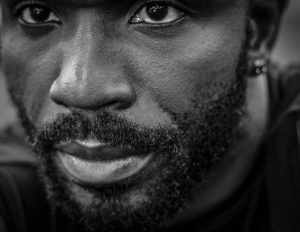
Razor bumps —also known as ingrown hairs, or, if referring to them by their technical medical title, pseudofolliculitis barbae—occur following a shave, once the individual hairs begin growing back. Thus, for men, these bumps typically appear on the face and neck. Symptoms include “small red or dark bumps around hair follicles, in addition to red and inflamed skin in the surrounding area.”
While men of all races and ethnicities can suffer from razor bumps, a majority of those afflicted with this unsightly skin condition happen to be black men. In fact, previous reports have claimed that black men actually make up an estimated 80% of the male population grappling with this issue.
Razor Bumps: The Medical Explanation
According to an article by Dr. Michelle Henry, a board-certified dermatologist and reconstructive and cosmetic surgeon, razor bumps “can occur in any area that hair is temporarily removed by shaving, waxing, or tweezing. These painful bumps and pustules occur when hairs curl back into the skin, causing your body to perceive them as ‘foreign’ (like a splinter) and produces an inflammatory response. This inflammation can cause bumps, pus, discoloration and keloidal scars.”
In other words, the bumps form when a strand of hair becomes trapped underneath the skin, causing skin inflammation around the follicle. This results in the appearance of unattractive, swollen, bumpy blemishes.
Though not a life-or-death medical condition, if razor bumps are not cared for properly, the potential for scarring increases. The reason why black men happen to be more susceptible to this condition is due to their natural hair texture, which tends to be more curly and coarse. Curlier textures are more likely to organically curl back toward the skin.
How Does One Get Rid of Razor Bumps? Try These 5 Solutions
Fortunately, men can naturally avoid getting razor bumps by either growing a beard or by only shaving only a few days each week. But, for guys who prefer to have a clean-shaven look 24/7, sans the bumps, here are five product brands that have been proven to help reduce the appearance of pesky ingrown hairs:
1. The Bevel Shave System
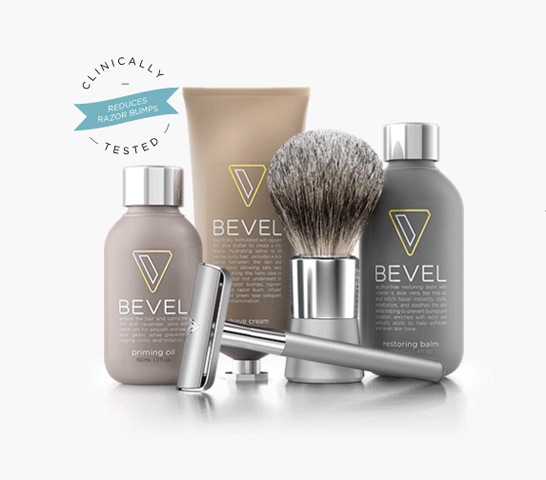 (Image: Bevel skincare)
(Image: Bevel skincare)
The Bevel Shave System is an innovative product line that helps prevent bumps and reduce skin irritation, for men with coarse or curly hair. It is a comprehensive, three-step solution, which includes its signature double-edge Safety Razor.
This line was created by Tristan Walker, the tech entrepreneur behind Walker & Company, which produces health and beauty products designed for people of color. Since launching Walker & Company in 2013, Walker has raised more than $33 million from investors and received celebrity endorsements from Nas, John Legend, and Magic Johnson.
The Bevel Shave system can be purchased at the Walker & Company, Amazon, and Target.com.
2. Treasured Locks
 (Image: www.treasuredlocks.com)
(Image: www.treasuredlocks.com)
Treasured Locks is a beauty and health cosmetic line that specializes in high-quality, all-natural products, for people with naturally kinky or curly hair. Tywana Smith launched the company with her husband Brian in 2000, after she grew tired of struggling to find the beauty products that catered to African American hair and skin care.
The Treasured Locks’ men’s care line offers several products that treat and prevent razor bumps and ingrown hair, including Black Opal Anti-Bump Cleanser, Black Opal Anti-Bump Shave Gel, and the Black Opal Anti-Bump Treatment serum.
Shaving products range from $6.50 to $19.99.
3. Frederick Benjamin Grooming
3 simple steps to smooth, bump-free skin! Upgrade your shave with the new @fredbgrooming Shaving Regimen, clinically proven to eliminate and prevent razor bumps in as little as two weeks! Available now at shop.frederickbenjamin.com (link in bio) #frederickbenjamin
After spending more than a decade working for cosmetic giants Revlon and L’Oreal, Michael James created his own line of men’s grooming products called Frederick Benjamin Grooming. Specifically geared towards black and Latino men, James says he was inspired to launch the line after noticing that most shaving products were not suited for eliminating razor bumps and ingrown hairs for men of color. After conducting more extensive research, James developed Frederick Benjamin Grooming to specifically meets the needs of multicultural men.
Frederick Benjamin Grooming utilizes a combination of natural oils and ingredients, such as aloe vera and witch hazel, in their products, which helps to protect, prevent, and even reduce the painful, unattractive skin irritation caused by ingrown hairs.
The three-step shaving regiment includes:
- Easy Primer Pre-Shave Oil
- Hydro-Glaze Cooling Aloe Shave Gel
- Bump Clear Post-Shave Lotion
Frederick Benjamin shaving products are available online and in select retailers and barbershops in New York City, the D.C.-metro area, Los Angeles, Atlanta, and Austin.
4. The Art of Shaving
The Art of Shaving Power Brush was specifically designed to aid men that suffer from razor bumps and ingrown hairs. By cleansing and exfoliating the skin before a shave, the device promises to reduce the occurrence of razor bumps by up to 69% in just one month. It also releases up to 85% of hair trapped underneath the skin, when used in combination with The Art of Shaving Pre-Shave Gel, over the course of three months.
The Art of Shaving Power Brush and Pre-Shave Gel can be purchased as a set for $60 at www.TheArtOfShaving.com.
5. Wahl
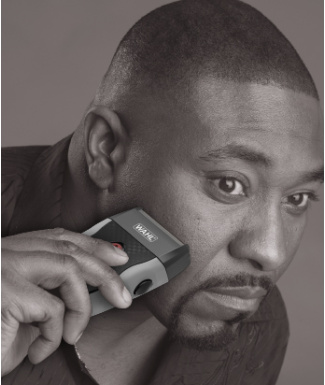 (Image: www.WAHL.com)
(Image: www.WAHL.com)
Recognizing the unique needs of African American men, Wahl expanded its men’s grooming line to include products that cater to the grooming needs of black men.
“African American men have unique hair care needs that require specialized products,” said Steven Yde, director of marketing for Wahl, in a statement. “These tools were designed to help guys find products that work with them and allow for customization of their grooming routine.”
The tools are designed to prevent ingrown hairs include:
- T-Pro Trimmer ($24.99)
- Bump-Free Rechargeable Foil Shaver ($59.99)
- Ultra Close Cut Pro Clipper ($34.99)
For more information, visit www.wahlgrooming.com.



 (Image: iStock.com/Ridofranz)
(Image: iStock.com/Ridofranz) (Image: iStock.com/PeopleImages)
(Image: iStock.com/PeopleImages) Image/Credit: svetikd
Image/Credit: svetikd (Image: iStock)
(Image: iStock)



 The Bachelorette Rachel Lindsay (Image: ABC)
The Bachelorette Rachel Lindsay (Image: ABC)





 (Image: Max Pixel)
(Image: Max Pixel)

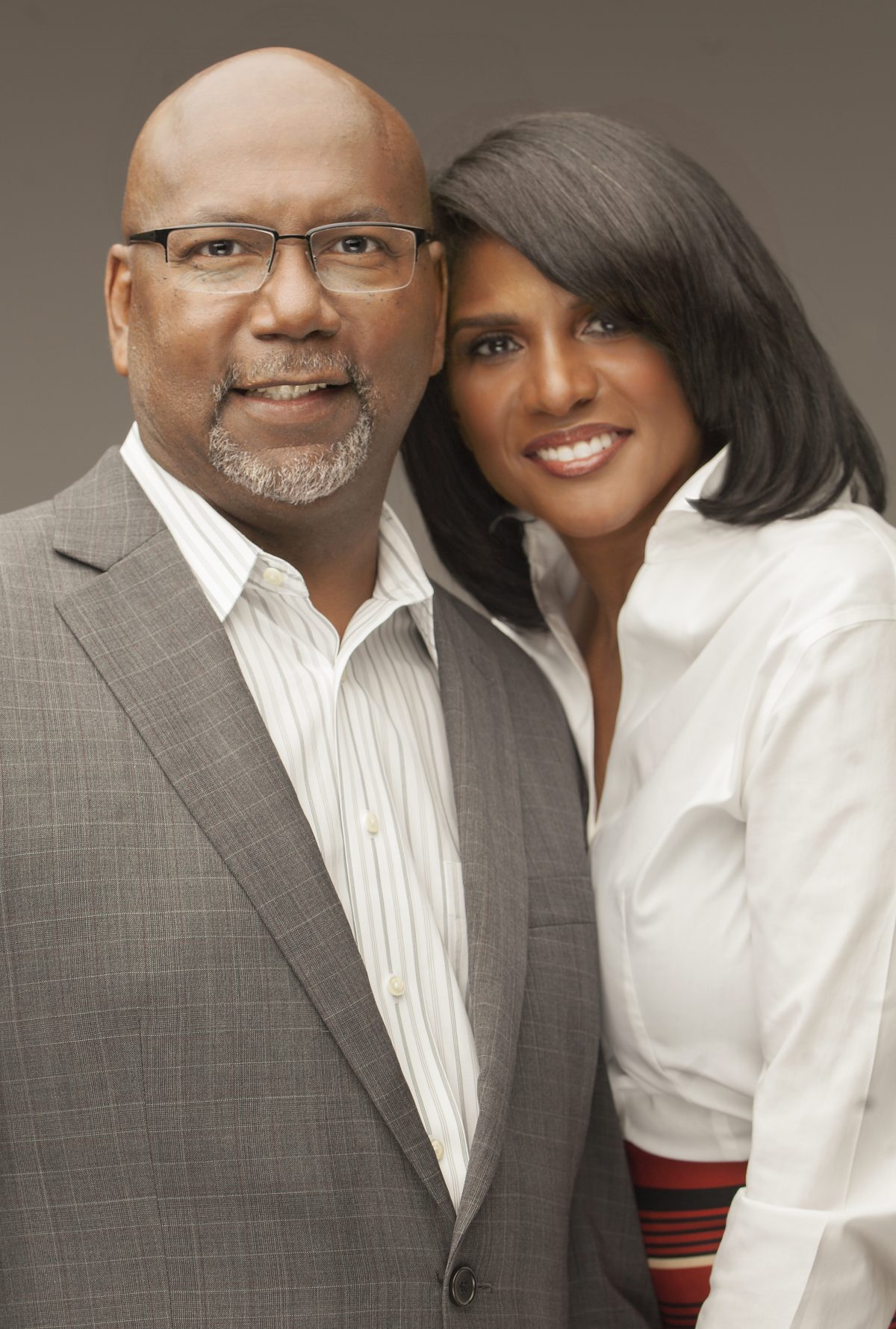 Mike and April Chandler of Musical Soul Food Festival. (Image: Courtesy of Brand X Media.)
Mike and April Chandler of Musical Soul Food Festival. (Image: Courtesy of Brand X Media.) Mike Chandler, Dr. Bobby Jones, and April Chandler at 2016 Music Soul Food Fest. (Image: Courtesy of Brand X Media).
Mike Chandler, Dr. Bobby Jones, and April Chandler at 2016 Music Soul Food Fest. (Image: Courtesy of Brand X Media). Singer Earl Bynum performs at the 2016 Musical Soul Food Fest and will return for this year’s event. (Image: Courtesy of Brand X Media).
Singer Earl Bynum performs at the 2016 Musical Soul Food Fest and will return for this year’s event. (Image: Courtesy of Brand X Media). A lively crowd shot from the 2016 Musical Soul Food Fest. (Image: Courtesy of Brand X Media).
A lively crowd shot from the 2016 Musical Soul Food Fest. (Image: Courtesy of Brand X Media).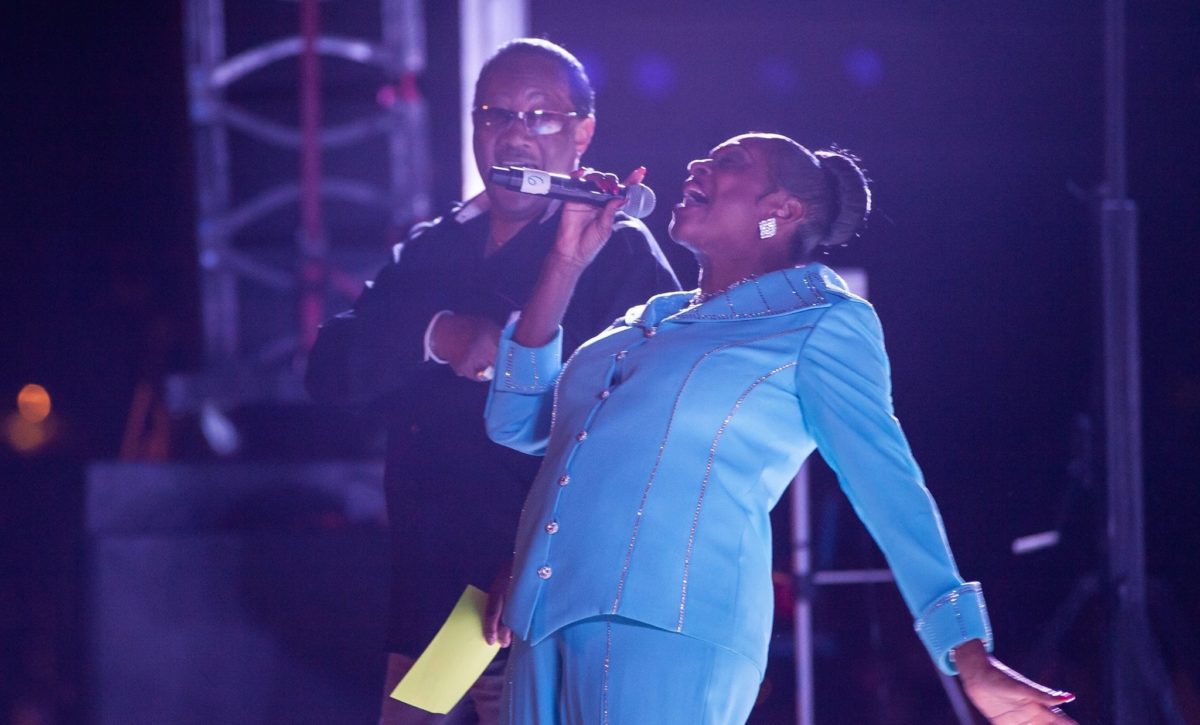 Dr. Bobby Jones watches as legendary gospel singer Dottie Peoples belts out a song at 2016 Musical Soul Food Fest. (Image: Courtesy of Brand X Media).
Dr. Bobby Jones watches as legendary gospel singer Dottie Peoples belts out a song at 2016 Musical Soul Food Fest. (Image: Courtesy of Brand X Media).

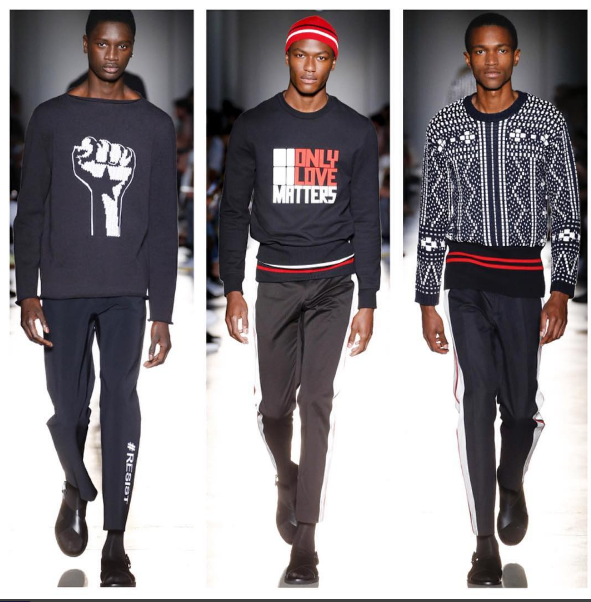 (Image: Instagram/ports1961menswear)
(Image: Instagram/ports1961menswear)

 (Image: Flickr)
(Image: Flickr)